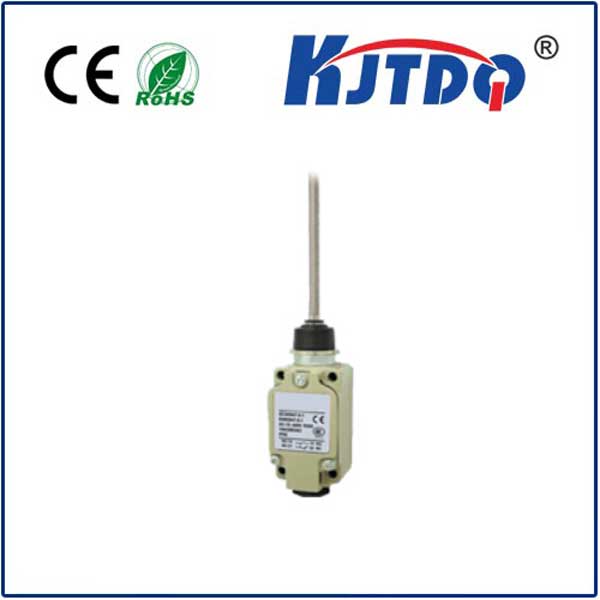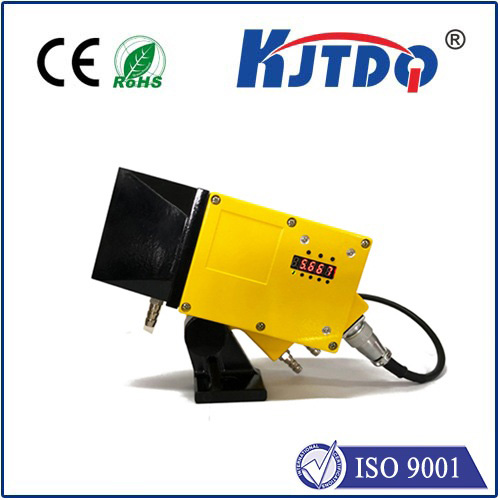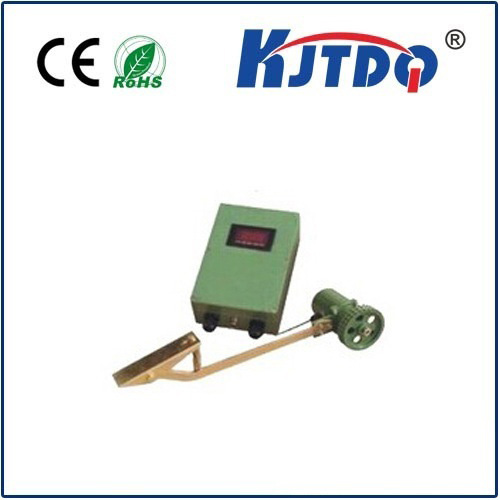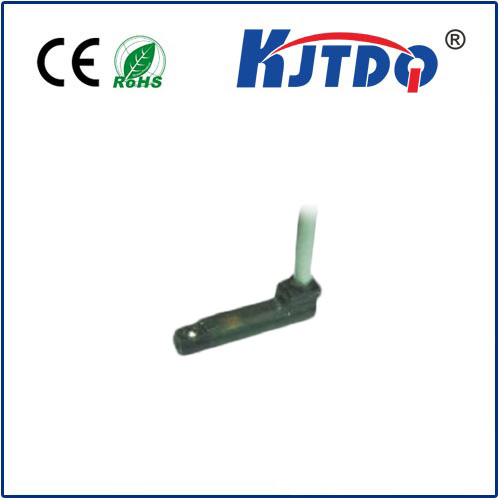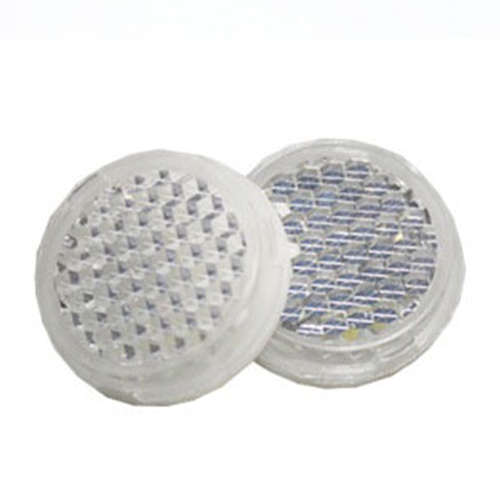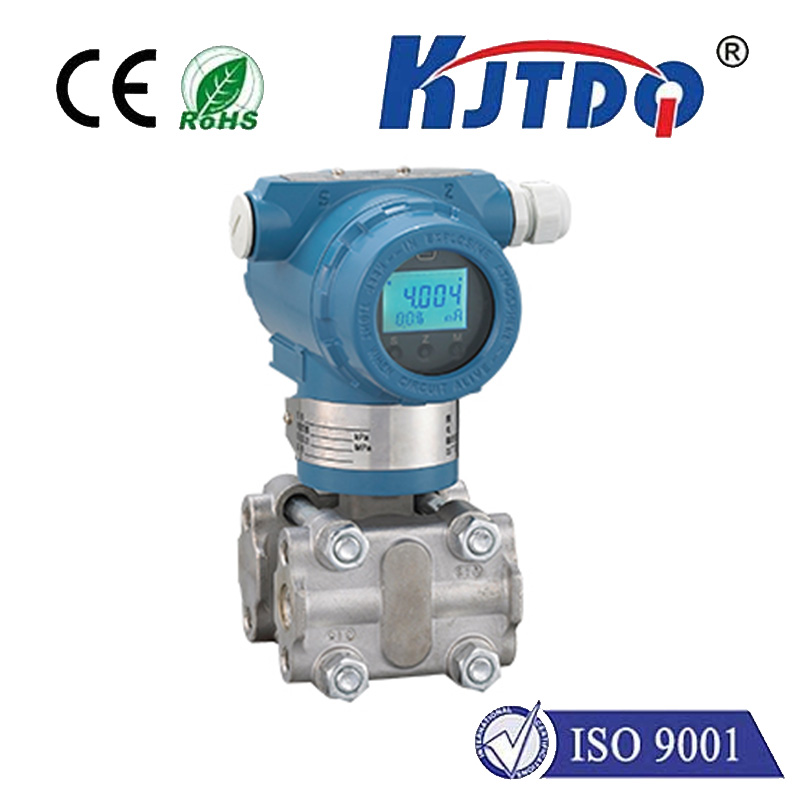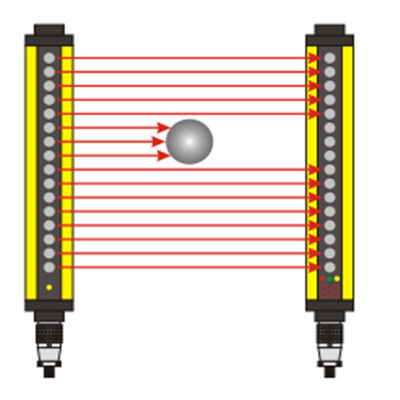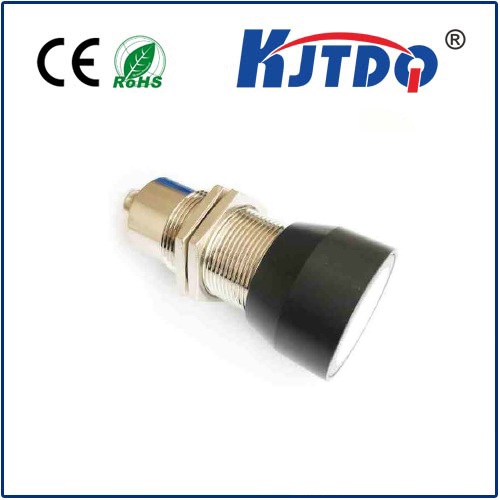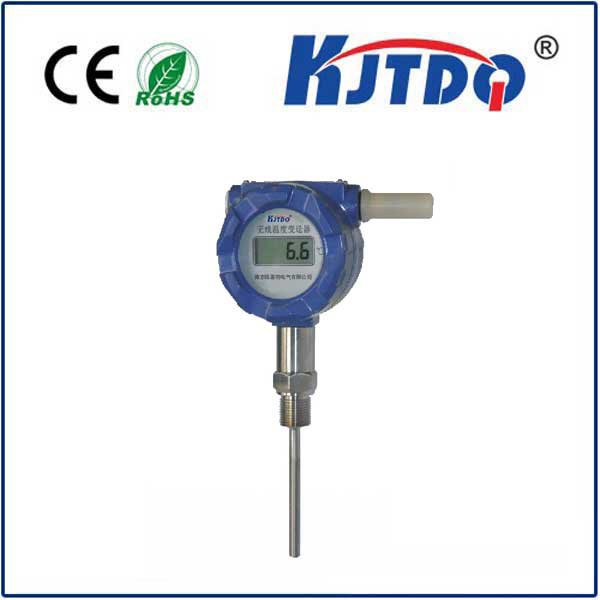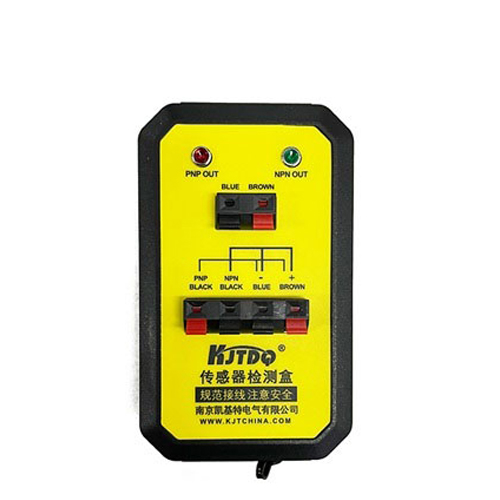

check

check

check

check

check

check

check

check

check

check
Imagine monitoring the beating heart of your machinery – the rotational speed – without ever touching it, even in the harshest industrial environments. Dust swirls, grease coats surfaces, and vibration rattles components, yet a reliable signal pulses back, faithfully reporting every revolution. This isn’t magic; it’s the practical power of inductive proximity sensors applied to RPM measurement. For engineers and technicians seeking robust, non-contact speed monitoring, understanding this technique unlocks significant advantages in predictive maintenance and process control.
The Unseen Guardian: How Inductive Proximity Sensors Work
At its core, an inductive proximity sensor is an electronic device detecting the presence of metallic objects without physical contact. It operates on the principle of electromagnetic induction. Inside the sensor’s active face lies an oscillator circuit generating a high-frequency electromagnetic field. When a metallic target enters this field, eddy currents are induced within the target. These eddy currents absorb energy from the sensor’s oscillator, causing a detectable change in its amplitude. The sensor’s internal circuitry monitors this amplitude change and triggers a switching output (typically a clean, digital ON/OFF signal) when the target is sufficiently close. This non-contact detection is key to their reliability, eliminating wear and tear common with mechanical switches.
Transforming Pulses into Revolutions: The RPM Measurement Principle
So, how does detecting a piece of metal translate into measuring rotations per minute? The answer lies in carefully placing the sensor near a rotating metallic target feature on the shaft or attached component. Common targets include:

Each time a metallic target feature passes the inductive proximity sensor, it generates a distinct pulse. RPM measurement becomes a task of counting these pulses over a specific time interval or measuring the time between consecutive pulses.
N) received over a fixed time period (T in seconds). If there is K target features per revolution (e.g., number of gear teeth, or 1 for a single notch), then:
RPM = (N / (K * T)) * 60T_p in seconds) between two consecutive pulses (the pulse period). For K target features per revolution, the time for one full revolution (T_rev) is T_p * K. Thus:
RPM = 60 / (T_p * K)The sensor’s clean, fast-switching digital output signal is ideally suited for connection to programmable logic controllers (PLCs), digital counters, tachometers, or dedicated RPM monitoring devices that perform the necessary calculations.
Why Choose Inductive Proximity for RPM Duty? Key Advantages
The popularity of inductive proximity sensors for rotational speed sensing stems from compelling benefits:
Implementation Best Practices for Accurate Readings
Maximizing the accuracy and reliability of your inductive RPM measurement setup requires attention to detail:
Beyond Basic RPM: Leveraging the Signal for Insight
The pulse train from an inductive proximity sensor isn’t just for calculating an average shaft speed. It’s a rich data source:
From the relentless hum of a conveyor drive motor to the critical spin of a turbine shaft, inductive proximity sensors offer an exceptionally robust, reliable, and cost-effective solution for non-contact RPM measurement. By mastering their principles of operation, selection, and implementation, you gain a powerful tool for optimizing machinery performance, preventing costly downtime, and ensuring the smooth, efficient pulse of your industrial operations. Their ability to thrive where other sensors fail makes them an indispensable component in the engineer’s toolkit for speed sensing challenges.
